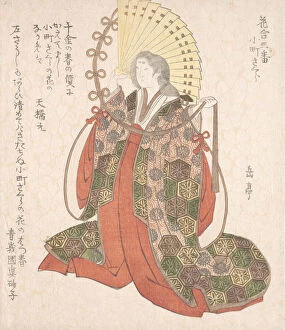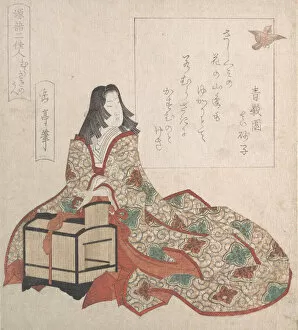Sugawara Collection (#2)
Sugawara, a name that echoes through time and art. From the Monkey King Songoku to Sugawara no Michizane, this captivating figure has left an indelible mark on history
All Professionally Made to Order for Quick Shipping
Sugawara, a name that echoes through time and art. From the Monkey King Songoku to Sugawara no Michizane, this captivating figure has left an indelible mark on history. In the Chinese novel Journey to the West, Sugawara takes on the role of the mischievous Monkey King Songoku. With his cunning wit and extraordinary powers, he embarks on a legendary journey that captivates readers even today. But Sugawara's influence extends beyond literature. As seen in A Poet and Mount Fuji from the Spring Rain Collection, he is portrayed as a poet with deep connections to nature. This artwork from the 1820s showcases his appreciation for beauty and tranquility. The Universal Gateway, Chapter 25 of the Lotus Sutra further immortalizes Sugawara Mitsushige as its creator. Dating back to 1257, this masterpiece highlights his spiritual prowess and artistic genius. Artists like Isoda Koryusai also found inspiration in Sugawara's dreams. In "Sugawara of Tsuruya dreaming of Daikoku, " we witness their collaboration as they bring forth a vivid depiction of imagination and folklore. From Emperor Ryubi (Liu Fei) to The Tenmangu Festival at Osaka captured by Gakutei in 1834, Sugawara's presence permeates various aspects of Japanese culture. These artworks showcase his enduring legacy as a symbol of strength and honor. Gakutei's masterpieces such as Shower-Shelter on the Shore of Tempozan Bay (1838), Stone Bridge over Aji River in Osaka (1838), Tempozan Man-sen Nu-shin no Zu (1838), Courtesan Drinking Tea (ca. 1830), and Crabs Near Waters Edge (ca. 1830) further exemplify Sugawara's impact on artistry during this period.





































